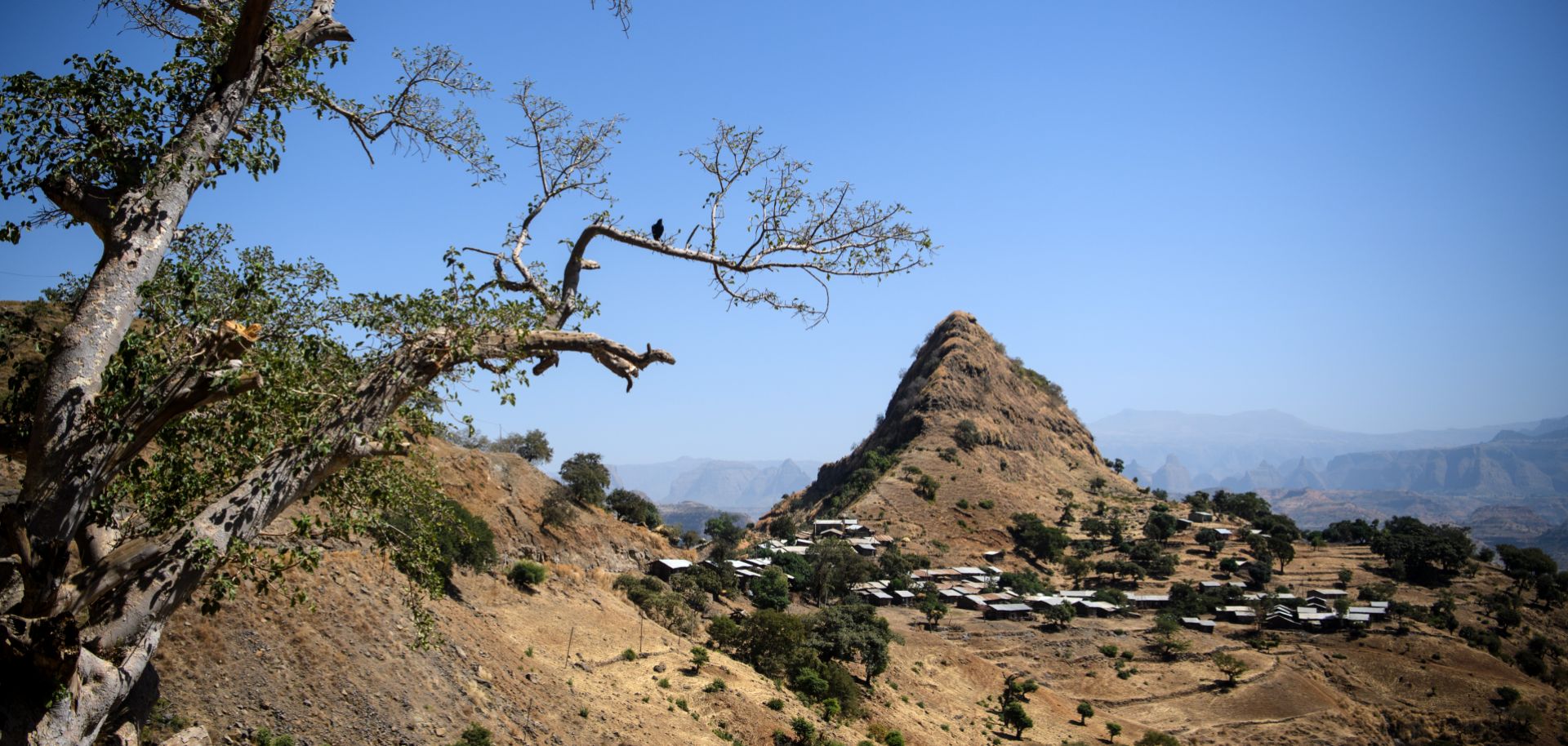ASSESSMENTS
Understanding East Africa's Power Politics, One Core at a Time
May 16, 2018 | 09:30 GMT

A village near Gondar, Ethiopia, sits below a prominent hill in the Semien Mountains on Jan. 20, 2017. Publisher Lonely Planet recently ranked Ethiopia among the top 10 world tourist destinations for 2017.
(CARL COURT/Getty Images)
Highlights
- East Africa's power cores play a pivotal role in determining the projection of power throughout the region.
- Each of these power cores is beset by its own internal challenges, which sometimes restrict each region's ability to act as a cohesive unit or exert influence further afield.
- The spaces in between the power cores, particularly Greater Somalia, provide a battleground for influence.
Subscribe Now
SubscribeAlready have an account?
